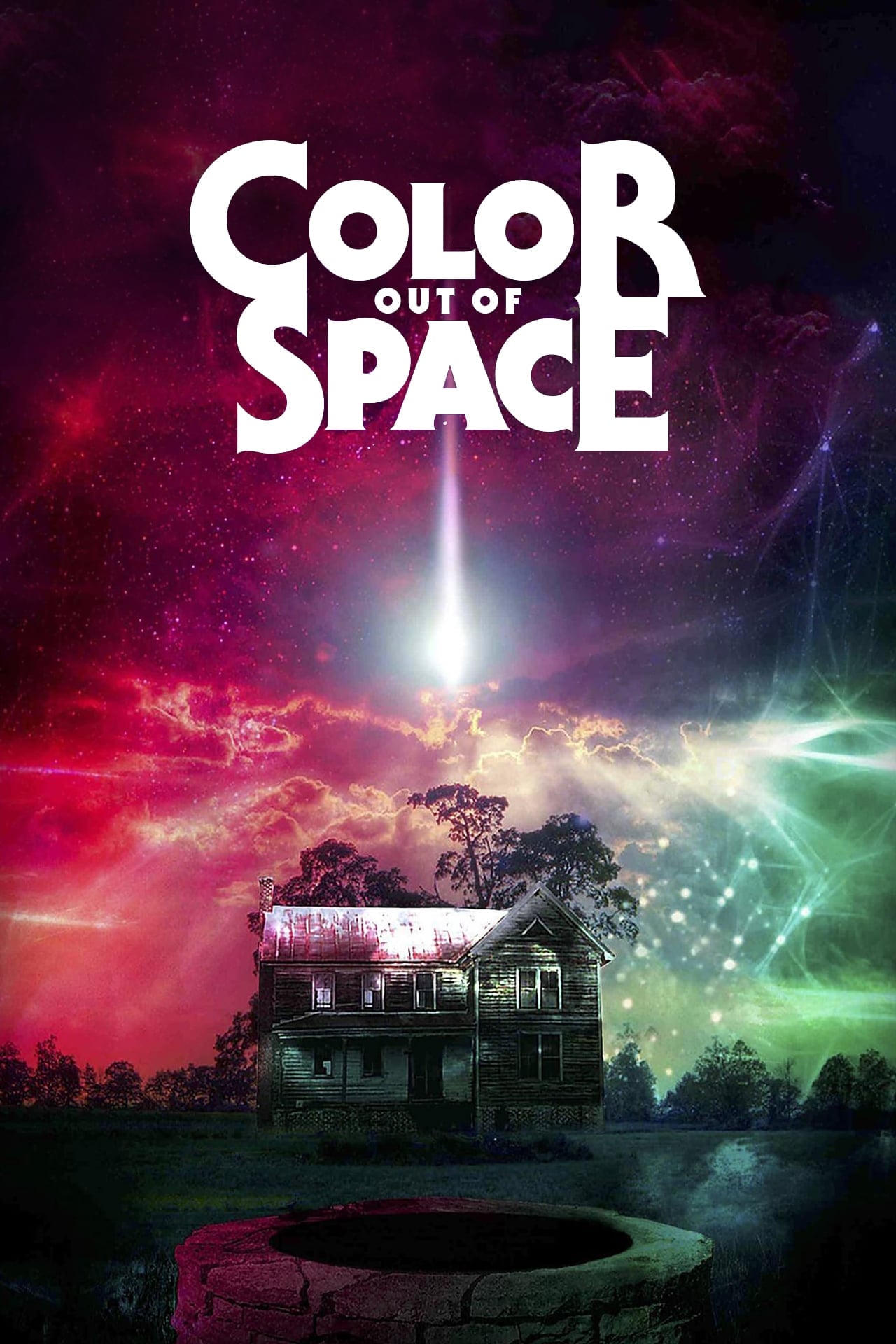

- The space in between imdb how to#
- The space in between imdb movie#
- The space in between imdb update#
# LSTM with dropout for sequence classification in the IMDB dataset # LSTM with Dropout for sequence classification in the IMDB datasetįrom import Dropout Scores = model.evaluate(X_test, y_test, verbose=0) Model.fit(X_train, y_train, epochs=3, batch_size=64) pile(loss='binary_crossentropy', optimizer='adam', metrics=) Model.add(Dense(1, activation='sigmoid')) Model.add(Embedding(top_words, embedding_vecor_length, input_length=max_review_length)) X_test = sequence.pad_sequences(X_test, maxlen=max_review_length) X_train = sequence.pad_sequences(X_train, maxlen=max_review_length) (X_train, y_train), (X_test, y_test) = imdb.load_data(num_words=top_words) # load the dataset but only keep the top n words, zero the rest # LSTM for sequence classification in the IMDB datasetįrom import imdbįrom import Sequentialįrom import Denseįrom import Embeddingįrom import sequence
The space in between imdb movie#
Now that you have defined your problem and how the data will be prepared and modeled, you are ready to develop an LSTM model to classify the sentiment of movie reviews. Finally, the sequence length (number of words) in each review varies, so you will constrain each review to be 500 words, truncating long reviews and padding the shorter reviews with zero values. You will also limit the total number of words that you are interested in modeling to the 5000 most frequent words and zero out the rest. You will map each word onto a 32-length real valued vector. Keras provides a convenient way to convert positive integer representations of words into a word embedding by an Embedding layer. This is a technique where words are encoded as real-valued vectors in a high dimensional space, where the similarity between words in terms of meaning translates to closeness in the vector space. You will map each movie review into a real vector domain, a popular technique when working with text-called word embedding. The sentences in each review are therefore comprised of a sequence of integers. The words have been replaced by integers that indicate the ordered frequency of each word in the dataset. The imdb.load_data() function allows you to load the dataset in a format ready for use in neural networks and deep learning models. Keras provides built-in access to the IMDB dataset. The data was collected by Stanford researchers and used in a 2011 paper where a 50/50 split of the data was used for training and testing. The problem is to determine whether a given movie review has a positive or negative sentiment. The Large Movie Review Dataset (often referred to as the IMDB dataset) contains 25,000 highly polar movie reviews (good or bad) for training and the same amount again for testing. Each movie review is a variable sequence of words, and the sentiment of each movie review must be classified. The problem that you will use to demonstrate sequence learning in this tutorial is the IMDB movie review sentiment classification problem.

Photo by photophilde, some rights reserved. Sequence classification with LSTM recurrent neural networks in Python with Keras
The space in between imdb update#
The space in between imdb how to#


 0 kommentar(er)
0 kommentar(er)
